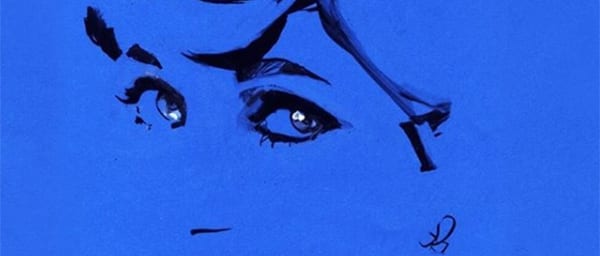Twenty-two years after the car crash in Paris that shook the world, the people’s princess is still alive and well at the Ailey Citigroup Theater.
Describing Princess Diana’s effect on the world is a difficult endeavor to fit into two hours in a small theatre, so Karen Sokolof-Javich instead shows her effect on one woman, a character who can represent any person who admired her. The musical My Princess Diana retells the life of the princess as envisioned by Nancy (Aimee Erickson), a suburban mother who becomes inspired by Diana (Sophie Amelkin) as she navigates marriage troubles of her own. The two are close – each is the other’s imaginary friend who spills across time and space into each other’s worlds. It becomes apparent that they aren’t all too different – both are lonely yet hopeful women who seek solace each other amidst the turbulence of their lives.
The show takes seemingly familiar figures and gives them fresh characterizations. Diana’s persona as the ingenue is played up; think Sandy from Grease before her transformation. She is shown to be the people’s princess in the most simple of ways: Diana listens to Duran Duran, reads trashy romance novels, and giggles with Nancy over Charles (James Conrad Smith) like teenage fangirls. Nancy is the suburban mom that everyone knows, and Erickson’s performance is refreshingly comedic. The audience gets to watch her awkwardly skirt through highbrow palace life as she observes Diana, and rejoices with Nancy as she all but bursts with excitement when Charles first talks – and eventually proposes – to Diana. (Haven’t we all been there?)
Smith’s performance as Charles, though, was the highlight of the musical. Charles is written as a much more sympathetic character than he as a person is often portrayed: here, he is a young man caught between his duty and his desires, and who loves Diana but cannot do so in the way their marriage dictates. Smith captures all the levels of this character with ease. His Act II duet with Diana, “There Was a Time,” is a true tearjerker; it is a song of emotional closure that signifies the end of their fateful marriage. As a goodbye, he plants a kiss on her lips – one act too late. When Diana professed her love for him in Act I, he averted her kiss by simply planting one on her hand and did not declare his love in return.
The slightly-disjointed jumps between time periods aside, the overall show is successful in that it achieves its goal: to remind the audience of Diana’s continued impact on both sides of the pond. A sassy number called “Style” pays homage to Diana as a fashion icon. “My Boy,” a tender duet between Diana and Nancy about the joys of motherhood, can draw tears from anyone with children.
Above all, the show’s second half especially focuses on her contribution to dismantling the stigma against AIDS. Diana’s then-radical act of shaking hands with AIDS victims is highlighted as a particularly inspiring moment for Nancy, who watches a loved one fight the disease. The performance of My Princess Diana was a benefit for Broadway Cares/Equity Fights AIDS, making the final picture on the stage – the full company clad in rainbow colors, holding candles to honor AIDS victims – all the more powerful. It’s a striking change from the opening scene, in which the ensemble is clad in all black, immediately foreshadowing the death of the princess to come. By the end of the show, though, it becomes clear that the purpose is not just to honor Diana – it aims to highlight the people who, twenty-two years later, still hold her in their memory.

